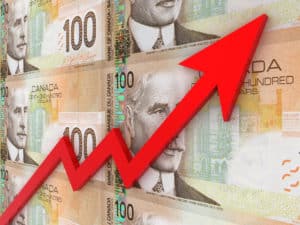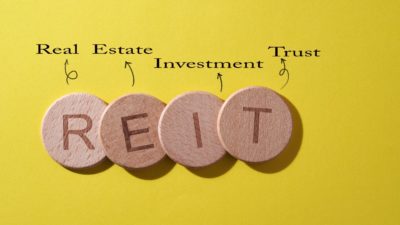Brookfield Asset Management (TSX:BAM) is one of Canada’s best financial services companies. As an alternative asset manager, it gives investors exposure to assets that they normally wouldn’t be able to buy. Examples include renewable energy, utilities, real estate and infrastructure. Investors can buy these assets by owning BAM itself or by investing in its various partnerships and funds.
One of the great things about Brookfield Asset Management is that it has diversified assets and income streams. As an asset manager, it collects fees in exchange for managing Brookfield funds. In addition, it also owns positions in those funds, which provide distributions and capital gains. These assets and income streams make Brookfield Asset Management one of the most diversified companies in Canada.
Asset management
Brookfield Asset Management’s main business activity is — as its name implies — asset management. The company manages a number of funds and partnerships and collects fees for this service. Examples of Brookfield funds include the following:
- Brookfield REIT
- Brookfield Global Renewables Infrastructure Fund
- Brookfield Real Assets Fund
These funds operate much like ETFs and mutual funds, only they’re not available to just anybody. Rather, they are marketed privately to high-net-worth investors. This exclusivity allows Brookfield to use some investment strategies that wouldn’t be allowed in funds marketed to retail investors.
Brookfield funds have performed pretty well for their investors. However, that’s not the main consideration for investors in BAM stock. The really big money maker here is the fees that Brookfield Asset Management collects for managing the funds. These fees provide a large revenue stream that incurs very minimal costs. The costs of running all of the businesses BAM invests in are borne by the fund investors themselves. So, Brookfield Asset Management earns very large margins. Its net margin — 50% — is among the highest of all large-cap TSX stocks.
Holdings in Brookfield funds
Another income stream that Brookfield Asset Management owns is holdings in Brookfield funds. BAM invests in many of the same funds that it manages. This means that in addition to collecting fees from the funds, the company also enjoys the spoils of their success, such as dividends and capital gains. These are distributed to investors on a regular basis. Brookfield Asset Collects a large portion of them itself.
Finally, Brookfield owns equity stakes in many publicly traded companies. Examples include the following:
- Enbridge
- NextEra Energy Inc
- Pembina Pipeline
Many of these stocks pay high dividends, which add considerably to Brookfield’s profit.
Foolish takeaway
Brookfield Asset Management is an investor fan favourite for a reason. Over the years, it and its parent company, Brookfield Corp, have compounded investor money at a rate of 16% per year. Most of Brookfield’s funds have done well, and Brookfield Asset Management itself has collected large fees for managing them. Once, when asked whether investors should buy Brookfield or the funds it manages, Chief Executive Officer Bruce Flatt said, “Anything with a B in front of it.” That probably wasn’t meant to be taken literally, but if Brookfield were the only company with B in the name, it wouldn’t be a bad idea.








